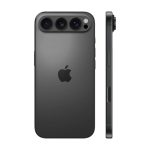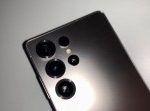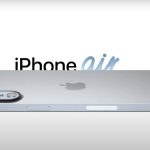Pfizer and AstraZeneca vaccines, which are being relied on to protect the nation, require two doses each – a huge logistical challenge which is further complicated by Pfizer needing to be stored at -70C. UQ’s crack vaccine team is now working behind the scenes to move the vaccine technology forward after the research, released today, showed if it was reworked and problems ironed out it could still be a boon in the fight against COVID-19 and future global novel viruses.The team’s leader, Professor Paul Young, told The Courier-Mail his scientists were continuing to re-engineer and progress their unique clamp technology for future use but would need significant funding if it was to be returned to human trials.Should the state government fund the next stage of UQ’s failed vaccine?“We are working day to day and moving the technology forward but we are trying to stay under the radar as the focus needs to be on the AstraZeneca vaccine that is being rolled out as it is our best line of offence,” the professor said.The local vaccination trial was unceremoniously terminated last year after some patients recorded false-positive HIV results.This was due to the trial’s unique ‘clamp’ technology that fused two fragments of a protein found in HIV.NED-1450-Vaccine explainer graphicWhen the vaccine was administered these proteins prompted the production of antibodies that were picked up in HIV tests.But the release of new “success” data shows the technology is highly effective after just one jab and is stable at fridge temperature – something the successful Pfizer vaccine doesn’t achieve.The research Clinical & Transitional Immunology was published on behalf of the Australian and New Zealand Society for Immunology.All of Queensland was behind the UQ team who worked night and day to fast-track their COVID-19 vaccine. Human trials began last July with 120 volunteers in Brisbane.Due to the race for time to find a protective vaccine, in December CSL decided to cancel further development of the vaccine.Then Prof Young said that while his team was “devastated”, they would pick themself up and keep going.NED-3328-COVID-19-vaccines-Options-and-how-they-workDr Russell Basser from Seqirus, a CSL company, said then that public confidence was a big driver in the decision to shelve development of the UQ vaccine.“We have come to a mutual agreement with the Government. Public confidence is critical and if there were no other vaccines in the works we may have persisted. Even though the vaccine was safe “the burden to move forward was too great,” he said.The UQ vaccine was one of four the Federal Government had committed to purchasing with plans to produce 51m doses.The study findings were from the university’s original animal trials.“The study published today about the UQ vaccine candidate was based on animal research conducted in the first half of 2020. The UQ vaccine candidate was not taken through Phase 2/3 human trials, and it is not appropriate to compare results from an animal study to vaccines currently approved for use,” a UQ spokeswoman said. “Results from the Phase 1 clinical trial showed the vaccine would have required two doses, and that would have been the basis for the Phase 2/3 trial if it had proceeded.“The research team remains grateful for the public support since December’s announcement that the vaccine candidate would not progress, and as they stated at the time, they continue to work on the molecular clamp platform.”Download the Courier Mail app
Powered by WPeMatico






